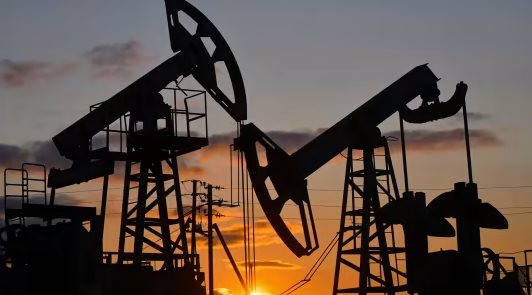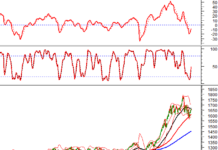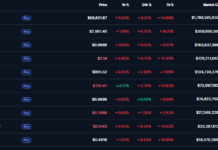
Illustrative image
The world’s largest oil fields, spanning hundreds of square kilometers and holding billions of barrels of oil, have played a pivotal role in global economics, fueling associated industries. The top five oil fields are currently located in various countries. Let’s explore their significance and impact:
Ghawar Field, Saudi Arabia: Discovered in 1948, this eastern province field is a behemoth with an estimated 170 billion barrels of oil. With over 88 billion barrels produced, it remains Saudi Arabia’s energy powerhouse.
Its sheer scale and productivity have made it a linchpin of the global oil market, influencing prices and supply dynamics for decades. Ghawar’s importance transcends economics, shaping geopolitical relationships and energy policies worldwide.
Burgan Field, Kuwait: Tucked away in southeastern Kuwait’s desert, Burgan boasts an estimated 70 billion barrels of original oil reserves. Discovered in 1938, it has been a vital source of oil for the country. Burgan’s abundant production has fueled not just Kuwait’s economy but also plays a significant role in regional and international energy markets.
The field functions like a sponge, efficiently accumulating oil. Its vastness and accessibility have allowed for highly effective extraction techniques, making it one of history’s most productive oil fields. Despite challenges like the 1990 Iraq conflict, Burgan has demonstrated remarkable resilience.
Ahvaz Field, Iran: Located in southwestern Iran, Ahvaz is not a single field but a complex of multiple fields contributing to its massive oil reserves. With an estimated 65 billion barrels of oil, Ahvaz is a geological wonder, comprising multiple reservoirs and intricate structures.
Despite fluctuating output due to sanctions, Ahvaz remains a key player in the global oil market, with its vast reserves poised to drive Iran’s energy ambitions for years to come.
Upper Zakum Field, Abu Dhabi, UAE: Ranking fourth, Upper Zakum lies offshore of Abu Dhabi and holds an estimated 50 billion barrels of original oil reserves, making it one of the world’s largest offshore fields.
Its development showcases technical prowess, employing advanced technologies to extract oil from the seabed. Upper Zakum’s production strengthens not only the UAE’s economy but also solidifies its position in the global energy landscape.
Future development plans, including artificial islands and enhanced recovery techniques, underscore its importance in meeting the world’s energy demands.
Safaniya Field, Saudi Arabia: Saudi Arabia boasts another offshore treasure, the Safaniya Field, located in the Persian Gulf. With an estimated 37 billion barrels of original oil, it is one of the world’s largest offshore fields.
Discovered in 1951, Safaniya has been a cornerstone of Saudi Arabia’s oil production for decades. Its development includes a complex network of pipelines and processing facilities, reflecting the country’s commitment to harnessing its offshore resources.
Safaniya’s continued production is vital to meeting global oil demands and maintaining Saudi Arabia’s position as a leading oil exporter.
According to Oilprice
Unleashing a $2 trillion market
In a year filled with bustling diplomatic events, Vietnam’s efforts to enhance cooperation and strengthen relations with Gulf Cooperation Council (GCC) countries holds significant importance in opening up new markets and attracting investment resources from massive conglomerates and investment funds in Qatar, UAE, Saudi Arabia, and more.










































